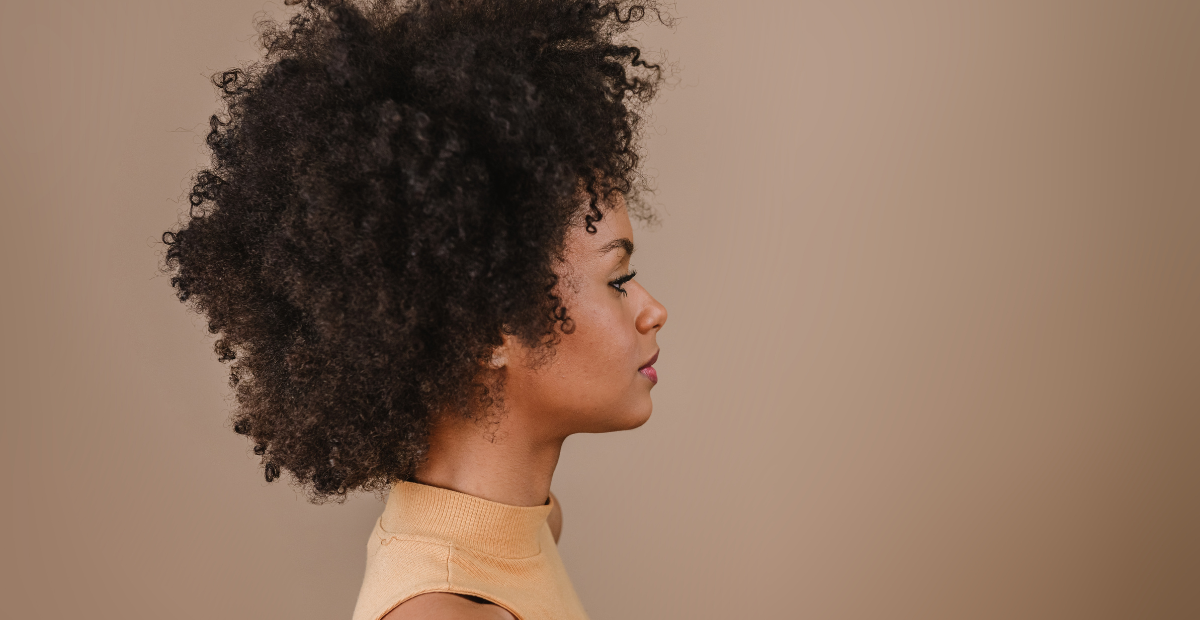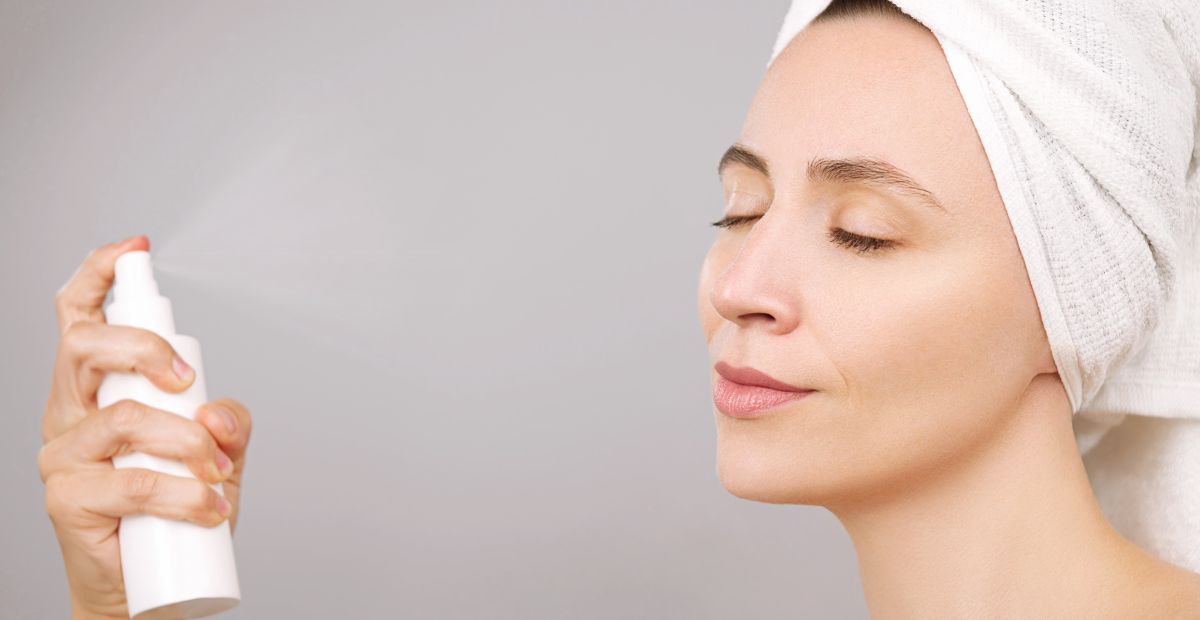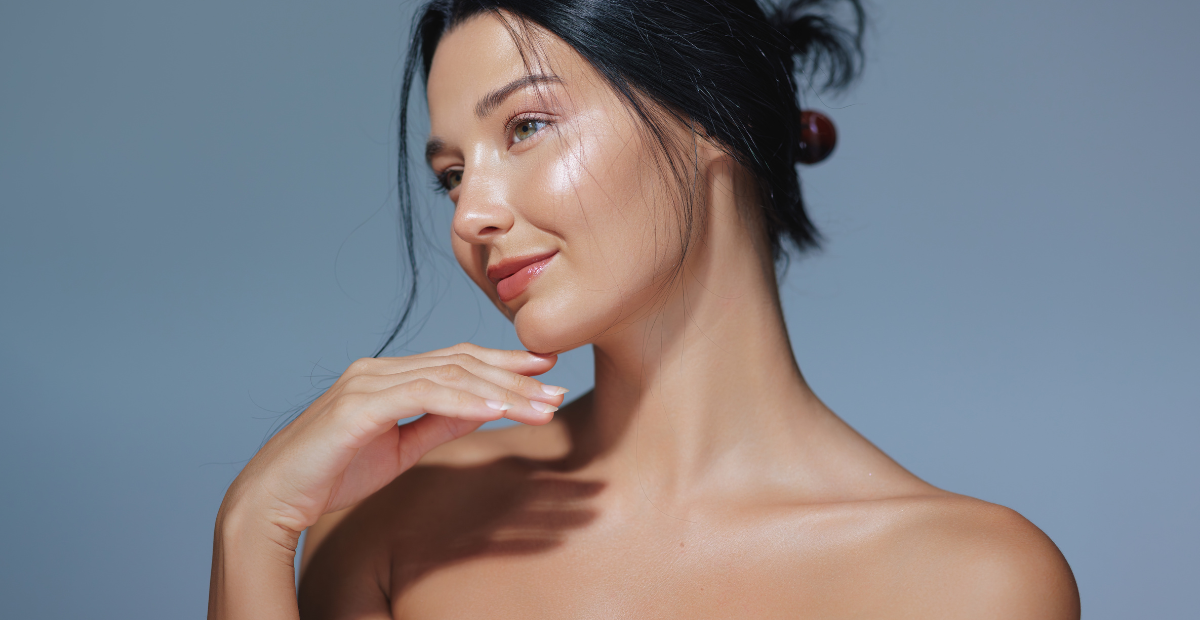Spicules: What We Know for Sure About This Skincare Trend
Onskin Content Team
Your guides through the skincare chaos
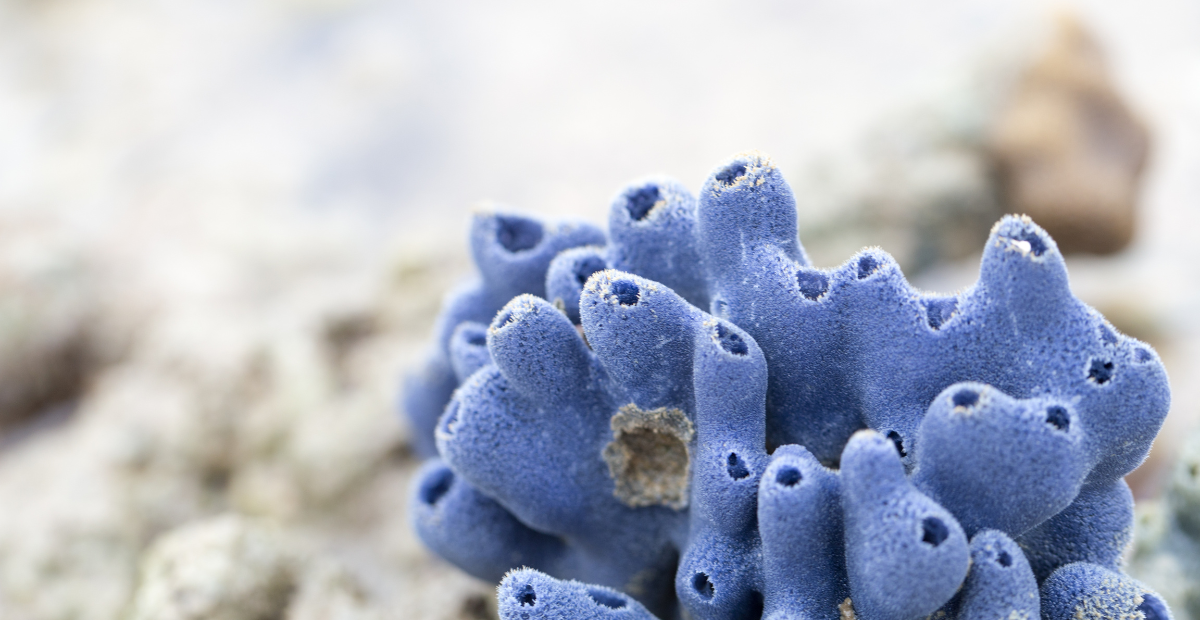
If you’re a TikTok user, you’ve probably seen videos about miraculous spicules that “have taken the Internet by storm,” provide “next-level skincare” and “innovative treatment,” made an “exfoliation revolution,” became a “game changer,” and a bunch of other epithets in headlines and descriptions. However, it’s always best to check the scientific research before falling under the trend influence. The number of studies on the pros and cons of spicules is very limited, but some of the findings are definitely worth your attention. Spoiler: there are both positive ones and not so much.
What Are Spicules?
Spicules are tiny, needle-like structures typically derived from marine sponges. In skincare, they’re used as a way of physical exfoliation and can also serve as a delivery system to help active ingredients penetrate deeper into the skin.

The challenge with skincare ingredients is that it’s not easy for them to reach the deeper layers of the skin. The top layer, known as the stratum corneum, acts as a protective barrier against external threats and helps retain moisture.
When applied topically, spicules create microchannels in the skin, triggering cell turnover and making it easier for active ingredients to penetrate. To put it simply, they disrupt the barrier, allowing ingredients to pass through.
Benefits of Spicules in Skincare
Now, let’s plunge into science. Here is some evidence in favor of spicules.
Spicules help deliver skincare ingredients and make treatment more effective
As we’ve already mentioned, spicules help active ingredients penetrate deeper into the skin and thus increase their effectiveness. And it’s scientifically backed.
In one experiment, scientists took spicules derived from freshwater sponges and loaded them with an ingredient called pectolinarin. They tested these spicules on the skin. As a result, about 73% of the ingredient was absorbed into the skin, which is much better than what regular creams offer.
In another study, researchers checked how spicules could be used to help deliver beneficial proteins and growth factors from deer antler velvet (DAV) into the human skin. The DAV extract was mixed into creams containing sponge spicules, which were broken down into different sizes.
Lab tests showed that a cream with bigger spicules was effective, but at the same time caused some irritation. A cream with smaller, broken spicules worked almost as well and didn’t irritate the skin.
Because it was gentler, scientists chose the second cream to test on volunteers. It was compared to a regular cream and a DAV solution. After two weeks, all three slightly reduced dark spots, but the spicules cream performed best. It also made the skin firmer and more hydrated.
Spicules can help with wrinkles around the eyes
In a different study, researchers developed a cream containing tiny spicules to push the epidermal growth factor (EGF) deeper into the skin. In this case, the spicules weren’t made of a sponge. They were artificial micro-spicules created from hyaluronic acid.
Scientists tested the product on 20 volunteers with mild to moderate wrinkles around their eyes. Each participant applied the spicule cream to one side of their face and a regular cream to the other side. They did it once a day for four weeks.
The volunteers were monitored for eight weeks. The results showed that both creams improved wrinkles, but the spicule cream showed better results. It made the skin 30% denser and nearly 20% thicker, which was a “significant increase” compared to the cream without spicules. Moreover, 70% of the participants said they were either satisfied or very satisfied with the spicules cream. In contrast, only half of the participants were happy with the cream that didn’t contain spicules.
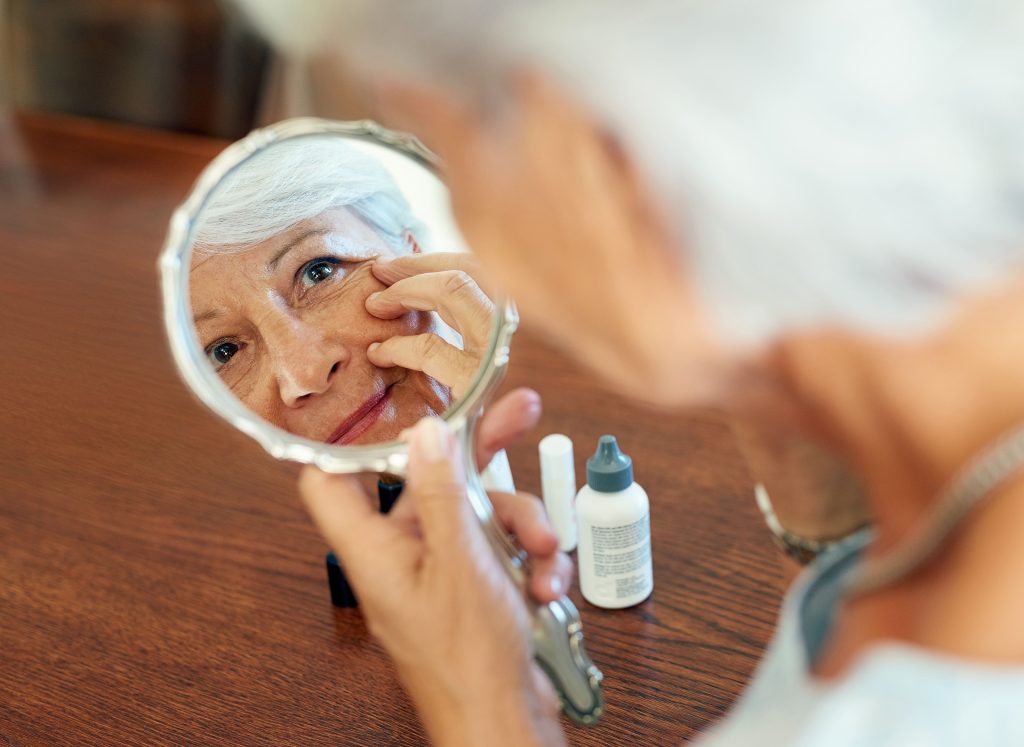
As for side effects, scientists didn’t observe any. Six participants experienced some redness immediately after applying the spicule cream, but these effects disappeared within minutes without any treatment.
But here’s the thing. Spicules, in addition to EGF, can help deliver other active ingredients deeper into the skin. Retinoids and acids (AHAs and BHAs) are on the list. However, these ingredients can also irritate the skin. To be sure a product containing spicules is right for you, it’s best to check it in the OnSkin app. The app analyzes the product’s formula and tells you whether it’s a match with your current skin condition.
Spicules are likely to benefit any wrinkles, not just those around the eyes
Taking into account the results of the research we’ve just described, it won’t be a mistake to say that spicules can also be beneficial for treating wrinkles in other areas of the face. The skin around the eyes is thinner than in other parts of the face, so spicules should help there as well, though it might take a bit more time.
What About Concerns?
The main concern is that there aren’t enough studies to speak about spicules in an entirely positive way.
Moreover, since they also act as exfoliating ingredients and, as the study shows, can cause skin irritation, they’re likely not the best choice for sensitive skin. This means that if you have a damaged skin barrier or conditions like couperose or rosacea, this ingredient could potentially do more harm than good. Because of this, active ingredients such as retinol (as well as other retinoids) and salicylic acid might not be suitable for you. Retinoids, for instance, already irritate the skin, and exfoliants can do the same. You can read more about the dos and don’ts of managing rosacea here.
If you’re prone to acne, skin damage (which spicules can cause), overdrying, or frequently touching your face could all contribute to the condition.

What’s the Conclusion?
A small number of scientific studies suggest that spicules might be beneficial for your skin. They help active ingredients penetrate deeper and increase their effectiveness. These studies also prove that skincare products containing spicules may have anti-aging properties, reducing wrinkles around the eyes and on the face.
However, it’s still best to be cautious with this type of treatment. The research is limited. So, if you have acne or rosacea (which is quite common), consulting your dermatologist about whether to use this or that product can’t hurt. If you damage the skin’s protective barrier, it’ll take much time and effort to restore it.
- A comprehensive examination of topographic thickness of skin in the human face. (2015). https://pubmed.ncbi.nlm.nih.gov/26508650/
- The Effect of Micro-Spicule Containing Epidermal Growth Factor on Periocular Wrinkles. (2017). https://pmc.ncbi.nlm.nih.gov/articles/PMC5383744/
- Development of Sponge Microspicule Cream as a Transdermal Delivery System for Protein and Growth Factors from Deer Antler Velvet Extract. (2019). https://www.jstage.jst.go.jp/article/bpb/42/7/42_b19-00158/_pdf
- A novel dermal delivery system using natural spicules for cosmetics and therapeutics. (2022). https://pubmed.ncbi.nlm.nih.gov/35034416/
- Histology, Stratum Corneum. (2022). https://www.ncbi.nlm.nih.gov/books/NBK513299/
FAQ
-
Where do I start with OnSkin?
Download the app and think of a product you’d like to know more about. Then, go to the main screen and choose how you’d like to get the info —by manually looking it up in the search bar, by scanning its barcode, or by simply taking a picture of the packaging. Once you’ve done any of these, you can see how safe the product is and if it suits your skin or hair (if this analysis is available).
-
What is Safety Rating, and how is it calculated?
In OnSkin, we base product rates on ingredients. Each is closely studied by our medical team and then evaluated. This way, each product gets a score from 0 to 100, with 100 as the safest level.
Safety Levels
- Excellent (76–100)
- Good (51–75)
- Not great (26–50)
- Bad (0–25)
These scores are backed by the latest scientific studies. You can find links to the resources we’ve used on each ingredient page. To assess the safety of product ingredients, we evaluate them according to the following parameters/criteria
- Endocrine disruption risk / Reproductive toxicity
Indicates the probability of mimicking, blocking, or interfering with the body hormones.
- Сarcinogenicity
Measures the potential risk of inducing cancer.
- Allergy risk
Estimates the probability of an allergic reaction.
- High concentration alert
Determines the risk of being unsafe in certain amounts.
-
What is Skin Match?
Based on the info you input about your skin type, age, skin care goal, and other “settings,” OnSkin checks how well a product is tailored to your unique skin needs — it’s basically like a dermatologist helping you find the right products, minus the fees and the long wait. The product you’re checking might be labeled as It’s a match!, Hit-or-miss, or Not a match for you. The app also detects ingredient groups such as Anti-acne, Anti-inflammatory, Moisturizes, May be drying, Comedogenic, and others — by tapping one, you see exactly what ingredients from this or that group are in the product.
-
I seem to have a problem with using the app. Who should I contact?
Please reach out to us at [email protected], and we’ll carefully look into your issue. Your ideas for improving the app are also very welcome!
-
Do you have an Android version?
Not yet! Hey Android users, we hear you, and we're thinking about making an Android version, but we haven't started the development yet.
Tracker Sent!
It’s on the way to your inbox.


